
For couturier and artist Michaela Stark, changing outfits comes as naturally as breathing. She spent her childhood in suburban Australia changing clothes according to her mood, sometimes at a moment’s notice. “Throughout the day, I'd be running around the street and then just take my clothes off [and] put a new outfit on," she tells CULTURED. "I was always in this state of undress or mid-halfway dress."
Not much has changed since then. Stark’s artistry is defined by its embrace of constant transformation. Her editorials and self-portraits often depict her body contorted through lingerie and hosiery, one breast pressed so tightly to her chest it points skyward, the other lounging over her bra. This exploration of distortion and eroticism, femininity and performance, led her to become a fixture in fashion, even creating a performance in collaboration with Jean Paul Gaultier in 2021.
Stark’s distinctive gaze—along with her rapid rise in the fashion industry—inform her latest exhibition, “Michaela Stark’s Panty Show,” at the Fondazione Sozzani in Milan, which runs through Feb. 25 alongside Milan Fashion Week (and featuring a special performance the evening of Feb 22). Coinciding with the launch of her new “ready-to-play” line Panty, it’s a major moment for the artist and designer, one of many to come this year, all stemming from her enduring sense of play. “I'm basically the same person," she says. "I may have [gotten] lost a bit in my teenage years, but I think everyone does.”
To mark the occasion, Stark spoke to CULTURED about playing dress-up, her passion of archive Mugler, and her visceral distaste of skinny jeans.
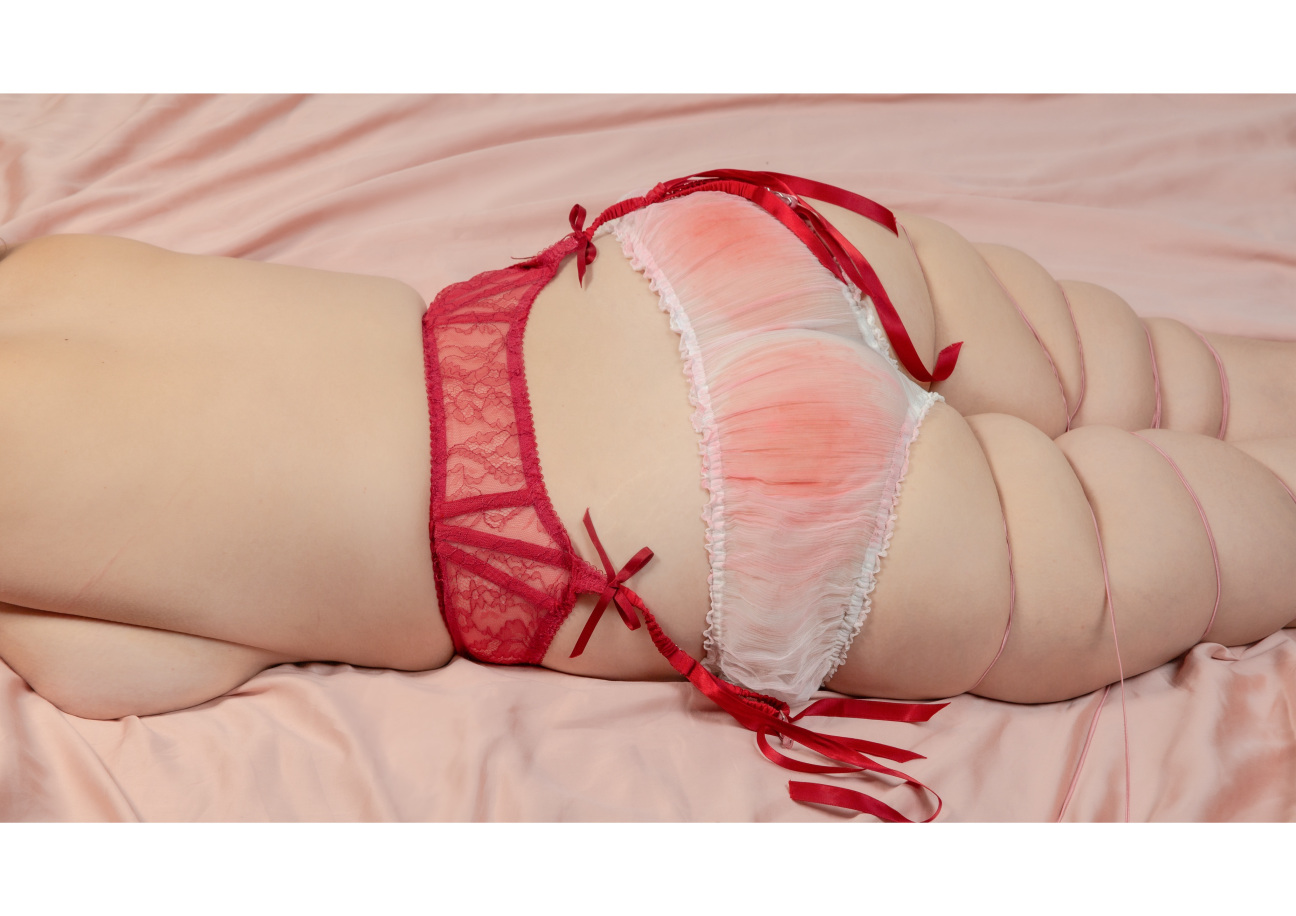
Who taught you how to dress?
Myself. My parents are engineers and they dress like engineers. Same with all my siblings. I grew up in a household that was very much, “It doesn't matter what you look like, what matters is what's going on on the inside.” That was hardcore the rule that I lived by as a child, but I never subscribed to that.
Can you describe your personal style as a child?
It was about playing a character—using fashion as a sort of escapism or fantasy. I was really drawn to dress-up, dressing as a fairy or a princess, which sounds super corny. There's this picture my mom found after I did the Victoria's Secret show [VS20, a fashion show and documentary reboot of the brand, in 2023], and it's me wearing fairy wings, boob out, with a little tutu on. Other than that, I'm naked. That's the energy I've always had. There's literally no rules for clothing. You just play.
I grew up in suburbia in Australia. We knew everyone, so I felt very safe. Throughout the day, I'd be running around the street and then just take my clothes off, put a new outfit on. I was always in this state of undress or halfway dress. I'm basically the same person. I may have got lost a little bit along the way in my teenage years, but I think everyone does.

Were there any fictional characters that inspired you?
As a child, my favorite movies were Moulin Rouge and Burlesque. I'm actually quite basic when it comes to references, but [I was drawn to] movies where there's a theatrical element. I was definitely obsessed with Hannah Montana.
You started sewing as a teenager. What did the act of sewing afford you?
Until I learned how to sew, I was always wanting to be an actor. I obviously have quite a theatrical element to my work, but all I really knew as a way of unleashing emotion was acting. I don't come from a very artistic family, so I was constantly looking for an outlet for my emotion and creativity, but also an outlet for fantasy. When I learned how to sew at 15, I instantly flipped. [Sewing] opened up this ability for me to spend time alone and zone in and hone my craft and learn, but also express myself.
You’ve collaborated with the likes of Jean Paul Gaultier and Victoria’s Secret. Which of your partnerships challenged or surprised you the most?
What I find the most challenging is performance, bringing something out of the online sphere and into the physical realm. It's a whole lot scarier and more vulnerable to show something in real life than over a computer screen. Because I'm not a full-on performance artist, that is a part of my practice that I'm developing—approaching it more like a photo shoot. You can plan as much as you can ahead of time to make sure all of the elements you have come together, but you can't ever plan the outcome. It's actually really important to not plan every single tiny little detail, because that means you miss the magic of what's actually there that day.
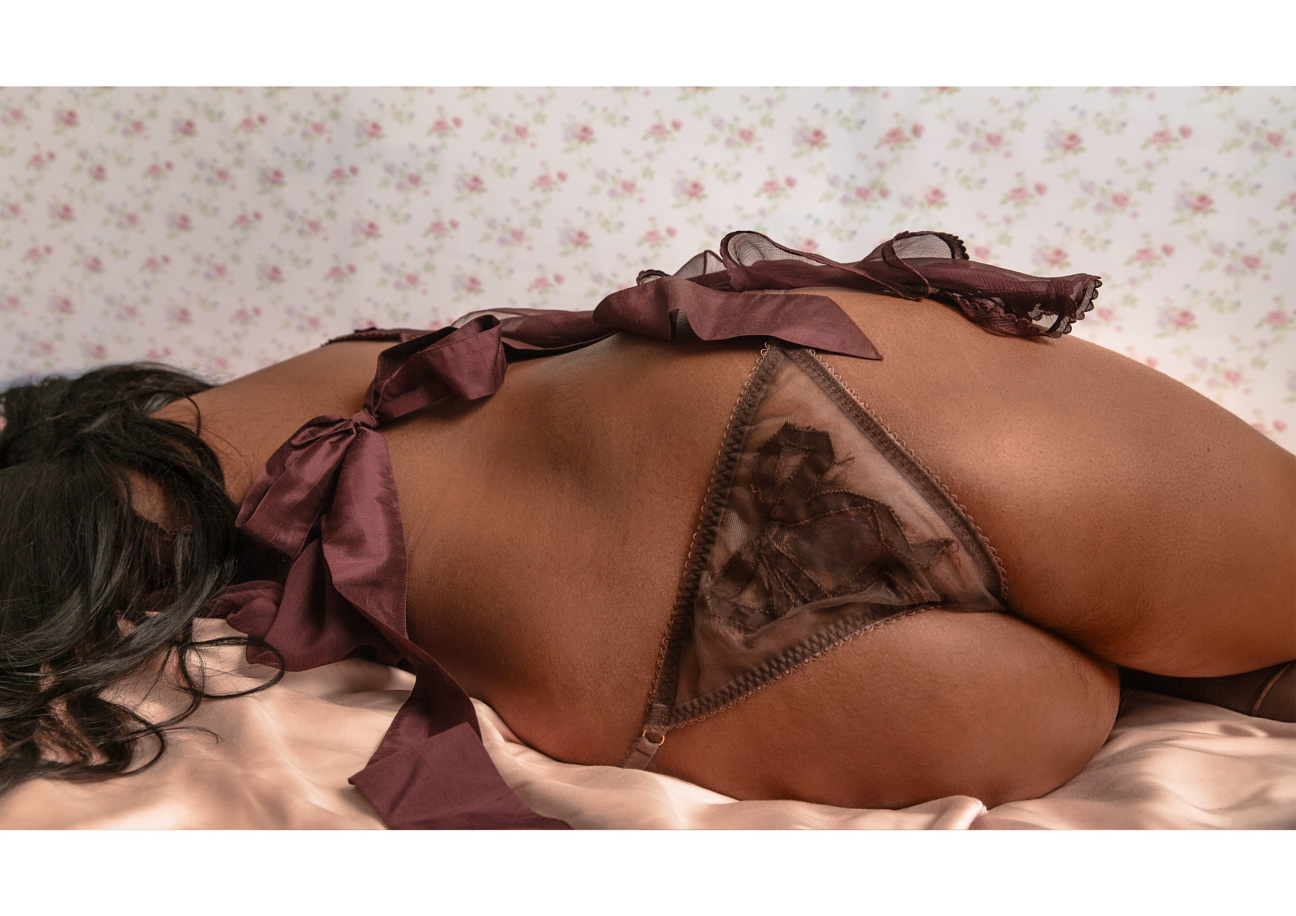
How did the upcoming performance at Fondazione Sozzani come about?
The performance was conceptualized about two years ago, based on my feelings of coming into the industry as an artist that had primarily worked in my bedroom. My work was very intimate and pure, especially at the beginning. When I started, I would spend hours in front of a camera, like six hours trying to get one picture, look at it and be like, This is all shit. I'm not going to use any of it. It was more about the process, not the outcome. I was learning so much but also working through feelings around my body. It was very much about centering myself in my own little universe. I developed that a lot before Covid, and then I came out of Covid having had my practice blow up online.
I went straight into really intense editorials with a lot of photographers that I've only ever dreamt of working with, so the pressure was immediately really high. On top of that, within the fashion industry, there are so many rules and codes of conduct that I had never even conceived of before. I found it really difficult to insert my practice into that structure, because I felt like the practice was so much about reclaiming ownership over my body.
That's quite a universal feeling amongst people that work actively within the fashion industry, especially who come from some kind of minority background or have worked through feelings of body dysmorphia or discomfort in their own skin. They have worked through those feelings to get to the point where they feel comfortable enough putting themselves in front of a camera. They have built an audience. Then the industry just snatches them and tries to mold them and tells them, “If you don't act a certain way, we literally just won't book you. We'll stop talking to you and that will be over.”
This performance is about that [experience]. It's with a model, Yasmin El Yassini. She's a friend of mine, and we've definitely bonded over these topics. She's going to be my doll and I'm going to be dressing her up. We've just had two fittings, and now we’re working to make the soundtrack.
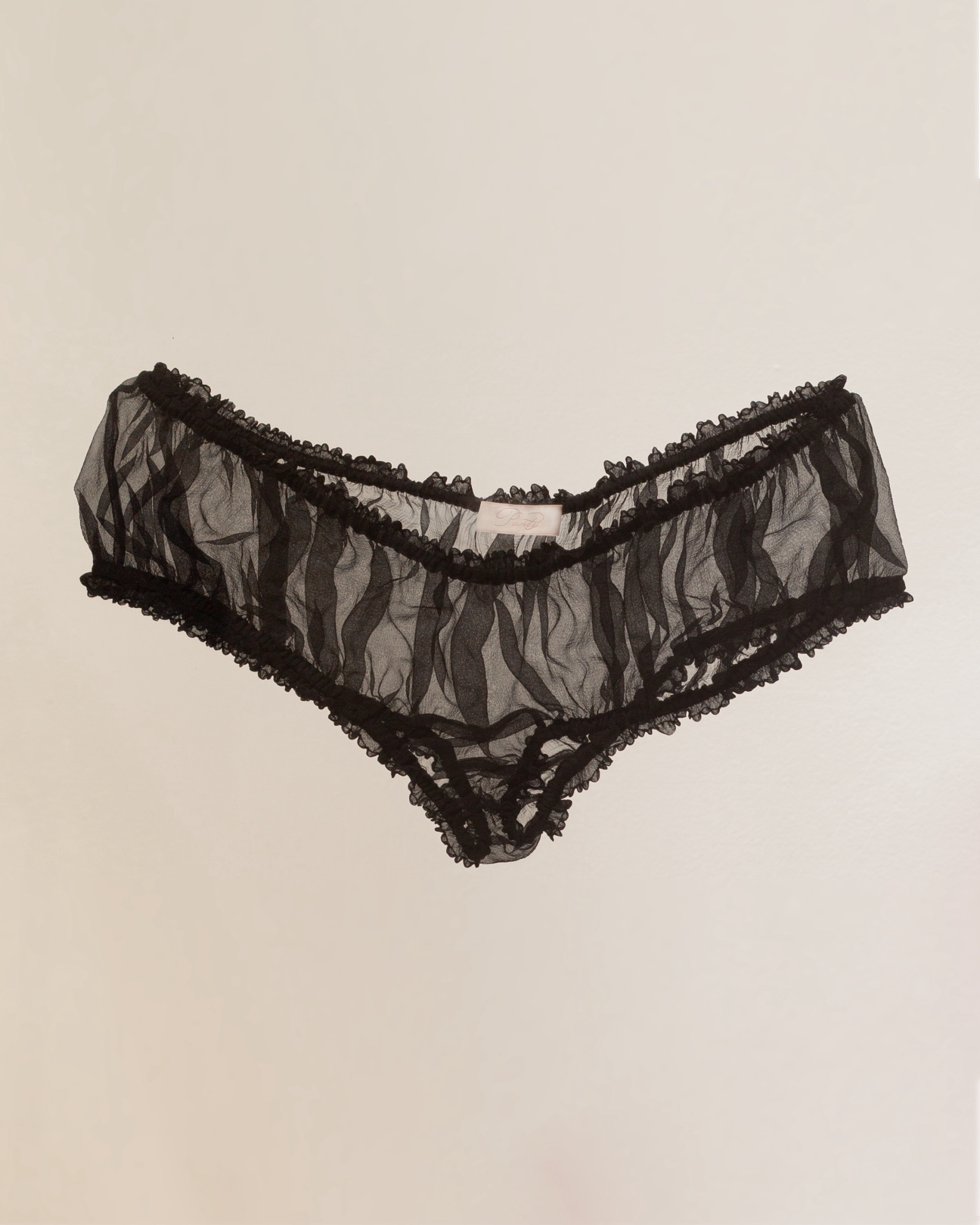
What about the collection that’s dropping alongside the performance and exhibition?
We are dropping Panty, which is my new “ready-to-play” collection. It's pieces that you can wear on the street and as lingerie. It's taking on the notion of what my work is, which is making clothes that really work with different shapes without trying to make every shape look the same. I created Panty with my romantic and business partner Raga Muñecas; it’s lingerie for women, by women.
That concept in itself is quite revolutionary, because for so many of the major lingerie brands, the main clientele is men. [Panty is] taking that male voice completely out of the equation. We've taken a couple of artists as inspiration for the collection, like John Kacere and Hans Bellmer. It's nice to take the work out of the context of a man objectifying women and seeing how a woman might do it, reclaiming her body and identity. We're also making dolls, and they're all going to be wearing Panty.
I felt like I needed something that was my own, outside of the industry, because it's hard when you feel like your art is not necessarily just yours anymore. Panty is a way of trying to gain independence from the industry.
How do you get dressed in the morning?
I rarely ever wear garments in the way they're intended to be worn. I love to play with different textures of what I have in my wardrobe, different colors and cuts, and wear things in unconventional ways. I generally don't have money to spend on clothes. All of my money just goes into my art. So I love to decorate a lot with things that I have lying around my studio, ribbons or random bits of fabric, and build from that.
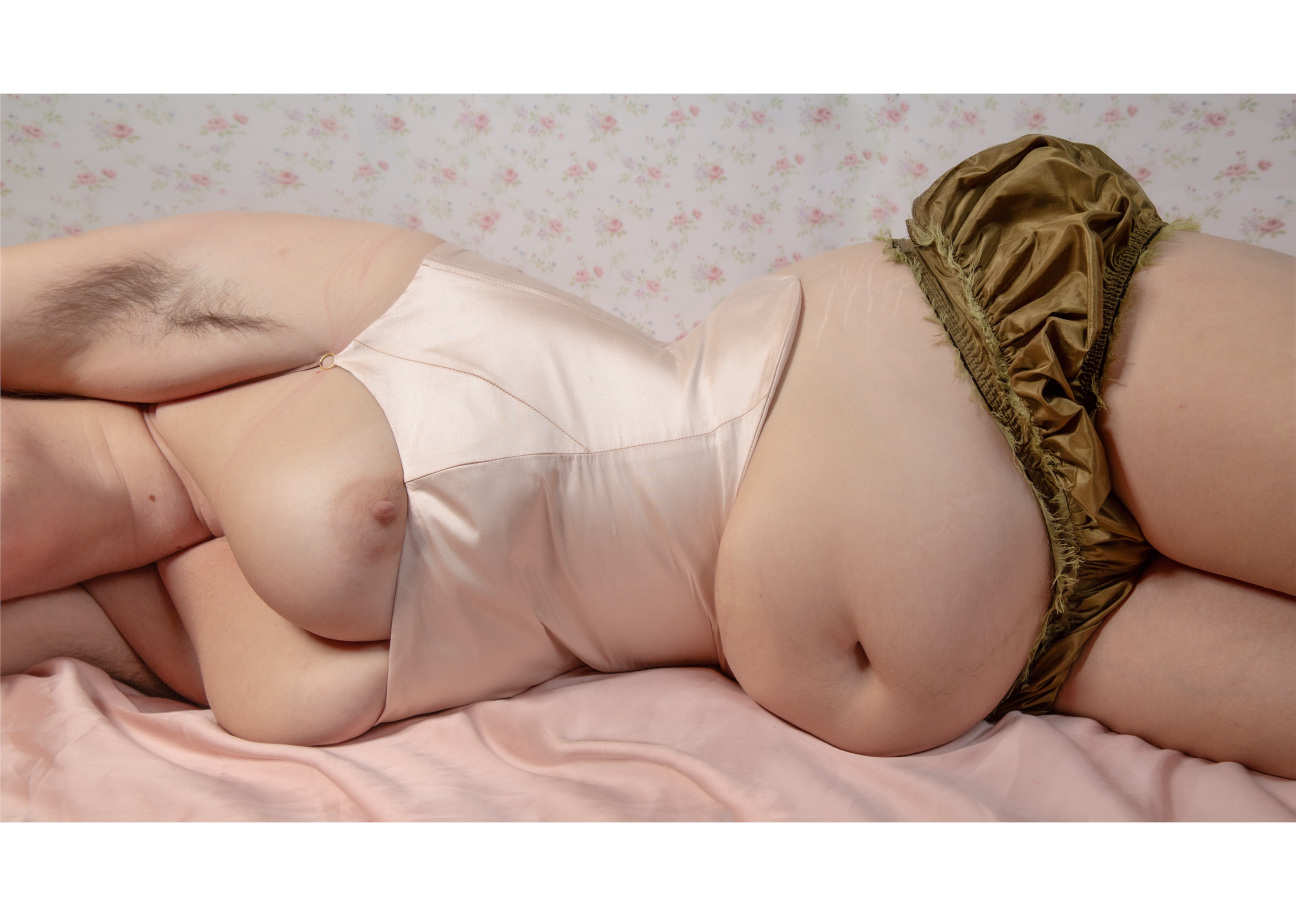
Whose closet would you pull a Bling Ring for?
Who's got all the archive Mugler? Can I go into Isabella Blow's closet and just get all her couture? I'm sure Anna Wintour must get sent so many amazing things that she never wears. More so than a closet, I would love to have access to an archive. Like the whole archive of Gaultier. If that was my wardrobe, I'd be very happy.
What do you think is the most underrated item of clothing? And the most overrated?
A garter belt is the most underrated item of clothing. The most overrated… generally, I think rings or anything that’s harsh white. How the fuck are you supposed to keep that clean?
What would someone have to wear on a first date for you to walk out?
There's a lot coming from Australia. When I was in high school, me and my friends used to exclusively date people that wore skinny jeans. Now, if I went on a date with someone wearing full-on skinny jeans, I honestly don't think I could handle it. It brings too much trauma back from my teenage years. I didn't wear denim for a whole decade because of that.
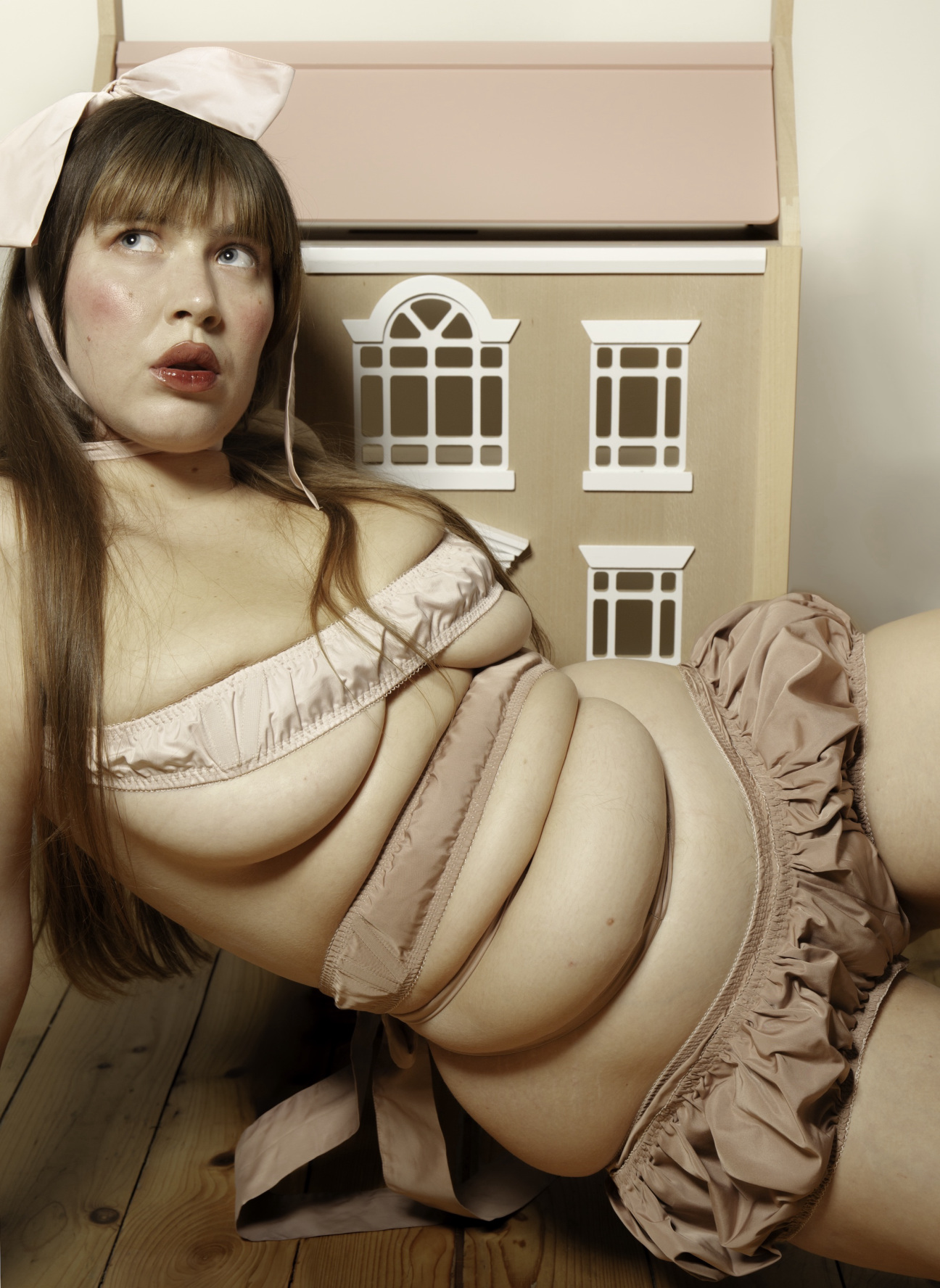
Could you fall in love with someone whose style doesn't align with yours?
It’s not important at all. My style day-to-day is not that great because I'm so focused on work. I feel like a lot of designers are the same. Some of my closest friends have [their] entire wardrobe of tacky girl clothes from Shein. I think it's horrible, but that's not really why we're friends. I actually get more intimidated when their clothes and style are amazing. I'm like, “What are you hiding behind that?”
Michaela Stark's Rules to Live By:
1. Take life one step at a time, following your own timeline and journey, not someone else’s.
2. Whenever a life-changing opportunity comes your way, just close your eyes and jump into it without thinking even if you have no idea how you are going to handle it. You can figure the rest out later, but the opportunity may never come again.
3. Live through passion, not through comfort.
4. Put more mirrors up in your house. As many as can possibly fit.
5. Question everything, every little rule, standard, or expectation set on you by society. You’ll find that a lot of it is nonsense, which is very liberating.
6. Experiment with your style! That’s only way to get to know what you like.
7. Always do you your best to act with kindness. Being mean actually hurts you more than anyone.
8. Don’t make my mistake: If you like heels, learn to walk in them before you hit 28.
9. Battle with your inner ego. She’s always going to be there, but you don’t always have to listen to it.
10. For creatives, try to focus on beauty over trends in your work. Trends are limited, but beauty is always timeless. True beauty is a very powerful tool as it can be understood in any kind of language or culture.
For more rules to live by from fashionable people, check out our interviews with designer Batsheva Hay, style icon Michèle Lamy, and author Ottessa Mosfegh.

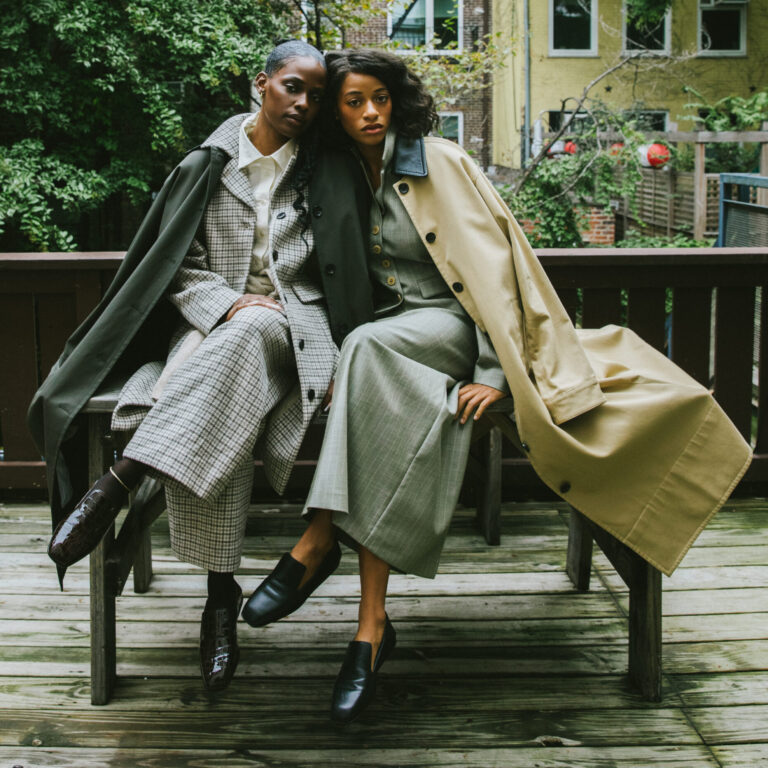
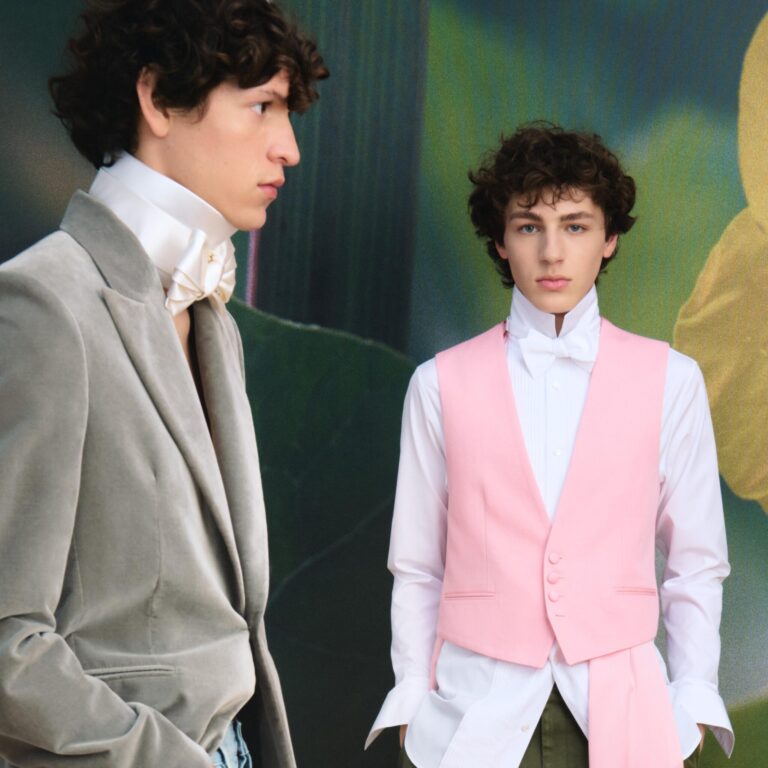

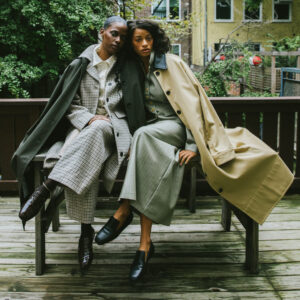
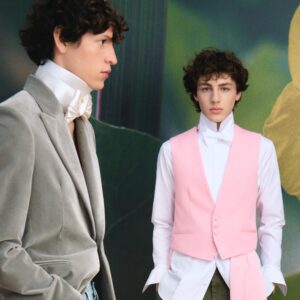




 in your life?
in your life?

